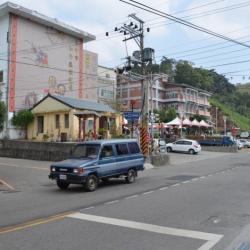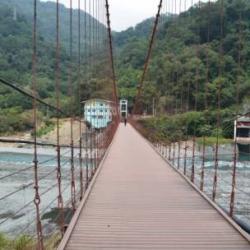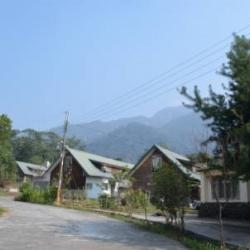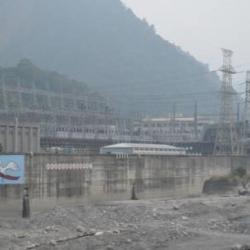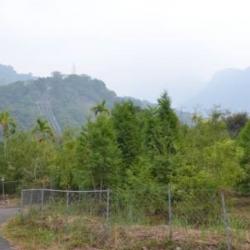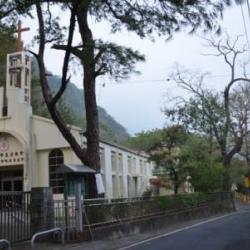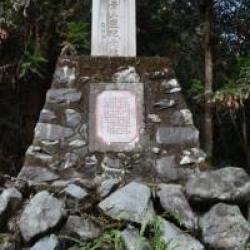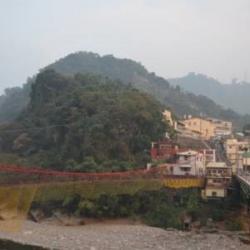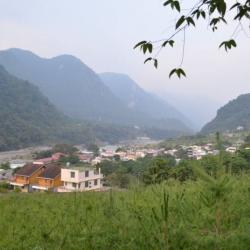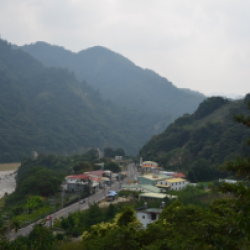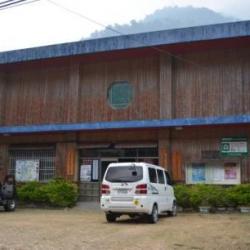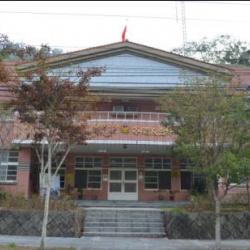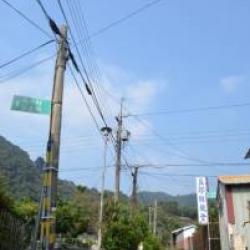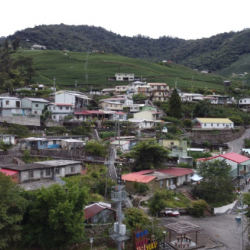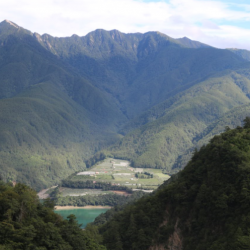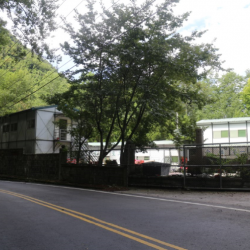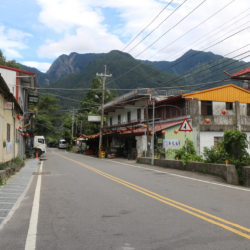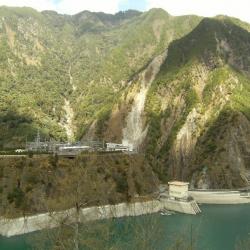Located in the Heping District of Taichung City, the Dajia River Historic Trail was built in 1922. The trail starts from Songhe in the west and ends in Lishan in the east. It is about 62 km long and mainly passes through the traditional territories of the Atayal people.
According to records, the predecessor of the Dajia River Historic Trail was originally the patrol passage of the Baileng Aiyong Boarder. When the Government-General in Taiwan implemented a five-year plan for managing indigenous peoples, trials like this were excavated, extended and police patrol posts were set up along the trail.
This trail was then connected to the Pyanan Historic Trail in the north that formed an important passage to Nenggao County of Taichung at that time. Many mountaineering investigation teams used this trail to climb Xueshan (formerly known as Mount Sylvia). Today, most sections of the Dajia River Historic Trail overlap with the Central Cross-island Highway and have been replaced by it.
- - / -
- - - -
- -
- -/-
- -

